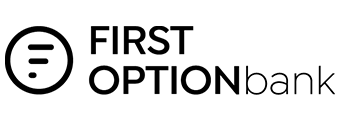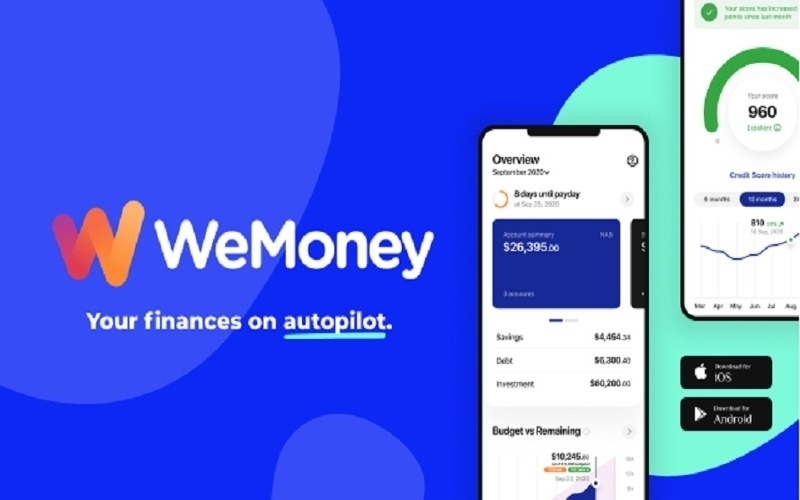With vaccinations underway and infections in Australia relatively minimal, many thought the worst of the pandemic was behind us. However, recent outbreaks in Sydney and Melbourne have seen the two cities plunged into fresh lockdowns, causing many people to lose income. With no JobKeeper, and JobSeeker no longer at an elevated rate, the Federal Government launched COVID-19 Disaster Payments to support households through the latest lockdowns.
Find out how you can get the payments, as well as how much they are and alternatives you may consider if you’re not eligible.
What are COVID-19 Disaster Payments?
Launched on 3 June by Prime Minister Scott Morrison, the COVID Disaster Payment is designed to support workers who have lost income due to restrictions on movement, like a lockdown. The payment has been bumped up - twice - since its inception and changes made to some of the eligibility criteria. It is only available from the second week of a lockdown and you must live or work in a region declared as a Commonwealth-declared COVID-19 hotspot.
The amounts available through the payment is as follows:
For weeks two and three of restrictions:
-
$500 per week of restrictions for people who have lost 20 hours or more of paid employment per week.
-
$325 per week for people who have lost less than 20 hours per week of paid employment.
For week four of restrictions and past this:
-
$750 per week for people who have lost 20 hours or more of paid employment per week.
-
$450 per week for people who have lost between eight and 20 hours per week of paid employment, or a full day of your usual work hours.
Am I eligible for COVID-19 Disaster Payments?
To be eligible for COVID-19 Disaster payments you must live, work, or have visited a Commonwealth-declared COVID-19 hotspot that has implemented a lockdown. If you’re unsure of whether you’re in or have been in one of those areas, the Services Australia website has a list of hotspots and a timeline of when they were declared hotspots.
Additionally, you must:
-
Be 17 years or older.
-
Be an Australian resident or hold a visa that permits you to work in Australia.
-
Have lost more than eight hours of work or a full day of your usual work due to restrictions.
-
For week two of restrictions only, you must have liquid assets (cash) worth less than $10,000.
Further, you must not:
-
Be receiving an income support payment, like JobSeeker, Youth Allowance, or Age Pension.
-
Be receiving Pandemic Leave Disaster Payment for the same week you’re claiming the COVID-19 Disaster Payment
-
Be receiving a state or territory business support payment.
-
Have access to paid leave entitlements.
If you’re a sole trader and are unable to operate your business from your home, you can also apply for the COVID-19 Disaster Payment.
How to apply for COVID-19 Disaster Payments
You can’t apply for the COVID-19 Disaster Payment immediately or the day you lost work. You can apply for the payment from the eighth day of restrictions. You must claim the payment within 28 days of the start of each eligible week of restrictions.
Once you’ve figured out when you need to submit your claim, there are two ways to apply for COVID-19 Disaster Payments:
-
Australian residents can claim online by logging into their myGov account, linked to a Centrelink online account. You’ll have to input some personal details, details of your employment and how lockdown has prevented you from working, and how many hours you’ve lost.
-
Eligible visa holders can claim by calling Services Australia in 180 22 66. Phone lines are open Monday to Friday, 8am to 5pm.
Once you’ve lodged your claim, you don’t need to do anything else. Updates on the progress of your claim will be sent via SMS or can be viewed online in your myGov account.
Your payment will be received within 24 hours of the claim being finalised, or on the next available business day.
Alternatives to COVID-19 Disaster Payments
If you can’t get the COVID-19 Disaster Payment, there are alternatives you could be eligible for:
Pandemic Leave Disaster Payment
The Pandemic Leave Disaster Payment grants eligible recipients $1,500 for each 14 day period you’ve been told to self-isolate or quarantine, or are caring for someone with COVID-19. You must be at least 17 years old, an Australian resident or have a work visa, be unable to go to work and earn an income, and have no appropriate leave entitlements. You can apply for the payments through Services Australia by calling 180 22 66.
JobSeeker
The JobSeeker Payment gives cash payments to eligible recipients if they’re unemployed and looking for work, those not in full-time work, or those who are sick or injured. You must be 22 years or older, satisfy the income and assets test, and meet residence rules. Depending on your eligibility, a single person with no dependents can get a maximum fortnightly payment of $620.80. This will reduce based on your income and employment status, and varies based on your relationship status and if you have dependents. You can apply for JobSeeker through Services Australia.
Youth Allowance
The Youth Allowance payment is for 16 to 21-year-olds who are either looking for full-time work, studying part-time and looking for work, or temporarily unable to work. If you’re aged 24 or younger, or a full-time student or apprentice, you can also get access to the payment. Payments vary drastically based on your circumstances, so check the Services Australia website to see what you may be eligible for. You can apply for the payment while you’re there.
Age Pension
The age pension is a payment designed to support older Australians who need it. You must be at least 66 years and six months old, be an Australian resident for at least ten years, and meet an income and assets test. Singles can get up to $843.60 a fortnight, while couples can get $1,271.80, and this reduces based on income and assets. Again, you can apply through the Services Australia website.
Need somewhere to store cash and earn interest? The table below features savings accounts with some of the highest interest rates on the market.
Article first published 21 July 2021, last updated 2 August 2021.
Photo by Yasmina H on Unsplash








 Denise Raward
Denise Raward
 Harry O'Sullivan
Harry O'Sullivan

 Aaron Bell
Aaron Bell


